Meeting friends
One of the great things about being in AFWJ is that you get to meet people living all over Japan and beyond. This is brilliant because it increases the likelihood of you finding people you truly connect with, beyond simply being married to a Japanese citizen or living in Japan. One of the hard things about being in AFWJ though, is that your closest friends can often be a great distance away, making meetups more difficult to organise - and expensive.
Hiroshima
Two of my AFWJ friends and I decided to meet up in Hiroshima City for hanami (cherry blossom viewing) at the end of March/beginning of April this year. One friend travelled from Tokushima (Shikoku), another from Oita (Kyushu) and I went from Yamaguchi (Honshu). It seemed like a good point, fairly in the middle. My friends hadn’t yet seen the sights of Hiroshima, so I was excited to show them around. Being only two hours drive away, I have been so many times, I have lost count. Hiroshima is actually one of my favourite places to take any friends or family who come to visit me.
Practicalities
My friend from Tokushima and I brought our tween daughters with us. They both speak English and despite the two-year age gap, have struck up a lovely friendship. With kids and luggage (more toys than clothes, I think), we both decided to drive rather than take the train. I booked us a hotel across the street from an Irish Bar I really like, thinking that it would be perfect as the kids could go back to their room and play after dinner, once they got bored and we could stay out, knowing we are just across the road. In fact, you can even see the hotel from the window seat I pre-booked for us. We got two twin rooms, next door to each other, one for the kids and one for us.
Hiroshima Peace Park and Museum
After checking in at lunch time the day we arrived, we all clambered into my car for sightseeing. First stop was the Hiroshima Peace Park and Museum. The children decided they didn’t want to go inside, so they stayed outside and played in the park. I’ve been to this museum so many times, but I feel that every time I go, I observe and experience something new. It’s an extremely sombre and thought-provoking place to visit. The stories are heart-breaking. I don’t think it’s possible to wander through and read everything in one go. After a while it just gets overwhelming. It always feels weird to me to step outside into bright sunshine afterwards and see the world going on as usual.
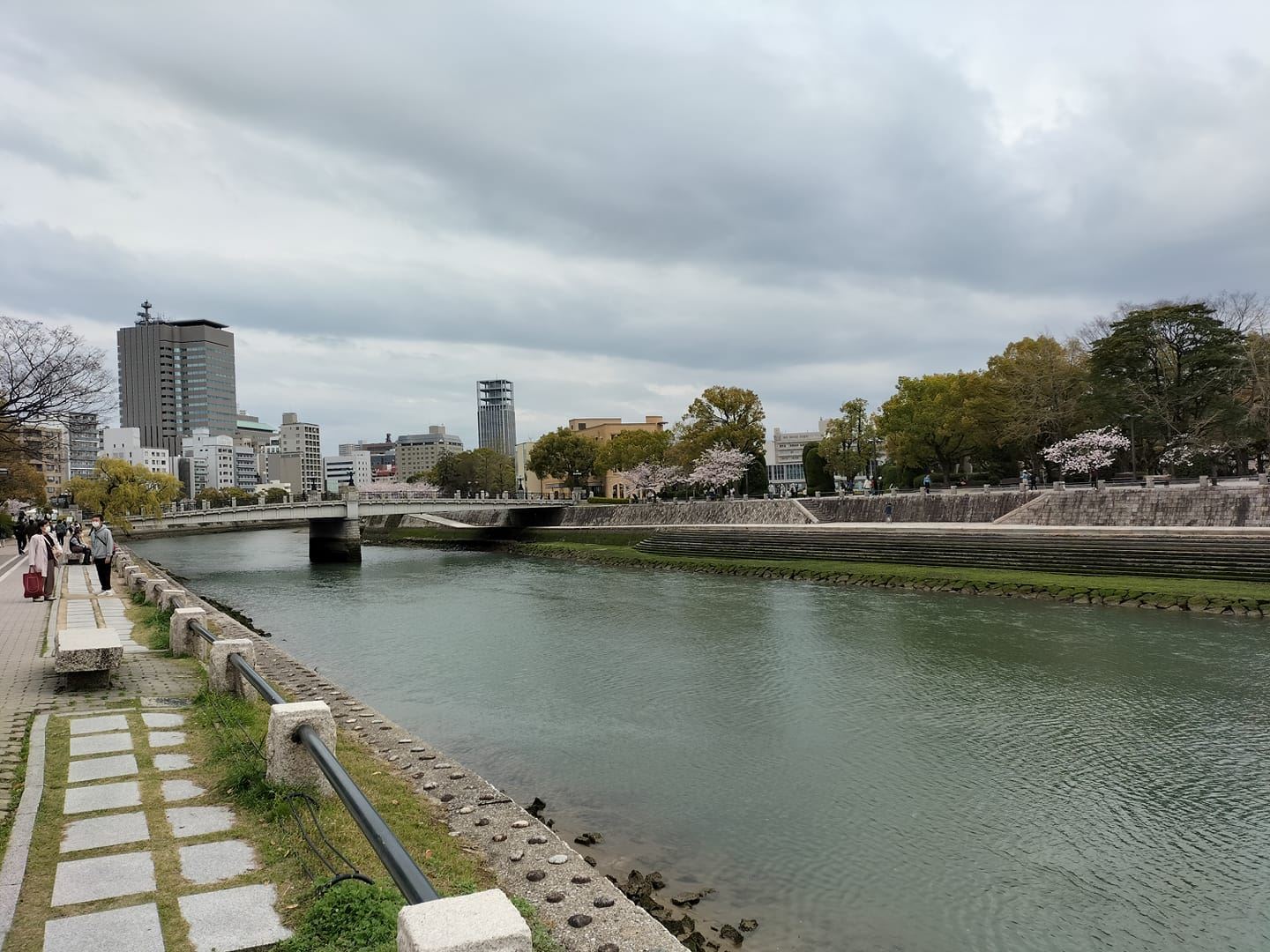

Night out on the town

The Irish bar was fun, but once it closed, we weren’t quite ready to go back to the hotel yet. We asked the owner if he could recommend us a local bar. When we arrived, even though the door was unlocked, the place was completely deserted and looked unused. So, we turned to our friend Mx. Google. I think our search parameters were basically, “bar” and “close”. Lol.
We ended up in this really weird place filled with red balloons. Of course, we just had to sing 99 Red Balloons. The only problem being it was in German, which ended up being pretty awful challenging. We were almost the only patrons in the place though, so we quickly got bored and decided to go look for somewhere a little more exciting. So next, we went to a gay bar. I kid you not, this was the liveliest venue I’ve been to in a long time. It was obviously the place to be, for it was full. We were warmly welcomed and we got chatting with other people there. It was a typical Japanese style bar with karaoke, so we belted out a few songs, had a beer and a great time.
Okonomiyaki
After that we decided it would probably be a good idea to get some more food to soak up the alcohol and hopefully keep us functional the next day. So, we stopped by an okonomiyaki restaurant. I remember the first time I came to Japan and was taken to an okonomiyaki restaurant in Tottori prefecture. New to Japan, I asked what it was. I was told, “It’s like a Japanese pizza”.
Well, it is absolutely nothing like a pizza, but it is very good. It’s cabbage, noodles, bean sprouts, spring onion, egg and meat or shellfish piled on top of a flat pancake, fried on a special open flat grill and covered with okonomiyaki sauce, mayonnaise, seaweed and fish flakes. Basically, “okonomiyaki” means “fried whatever you like”, so you can choose what ingredients you want in it. I think cabbage is usually the non-negotiable. I like cheese in mine, rather than meat. Okonomiyaki is a good option for vegetarians actually, as long as you don’t mind eggs and remind them not to use the fish flakes.
.jpg)
.jpg)
Miyajima (Itsukushima)
The second day, we went to Miyajima. (Itsukushima). If you visit, then definitely prepare for a fair amount of walking. (Read my personal blog about Miyajima here.). One of the most striking things about this little island are the wild deer, which roam freely. You will run into them as soon as you step off the ferry. Once you arrive, head right and you can wander along the sea front all the way to Itsukushima Shrine. From there it’s not far to the ropeway station, where you can be lifted up Mt. Misen for spectacular views of the island and surrounding sea.
Miyajima offers probably one of the most iconic views of Japan – the huge red torii gate that stands as though floating in the ocean at high tide. Unfortunately, the gate is still under repairs and is currently covered in scaffolding, as it has been since 2019. I’ve read that the repairs are set to last until winter 2022, but time will tell.
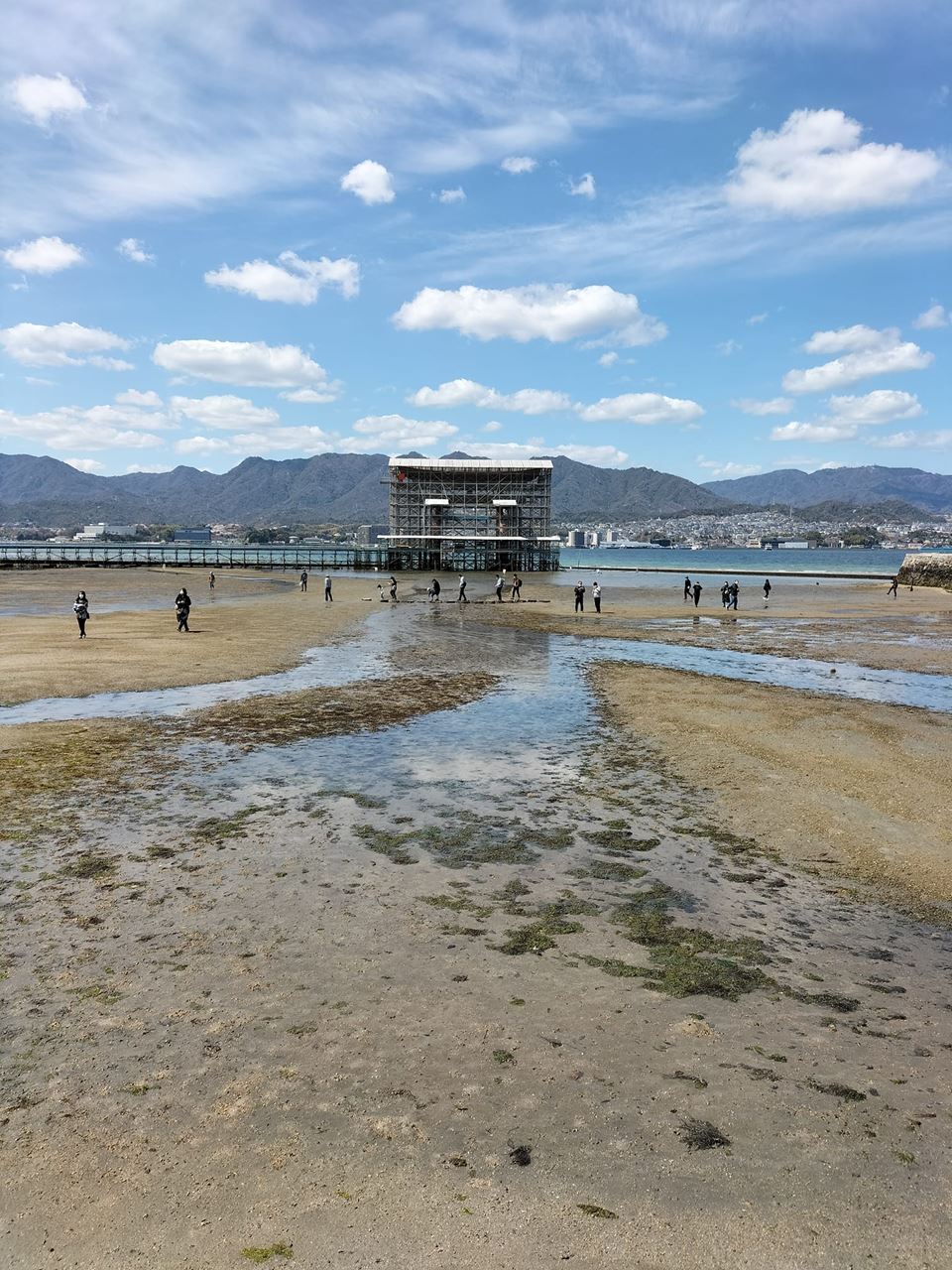
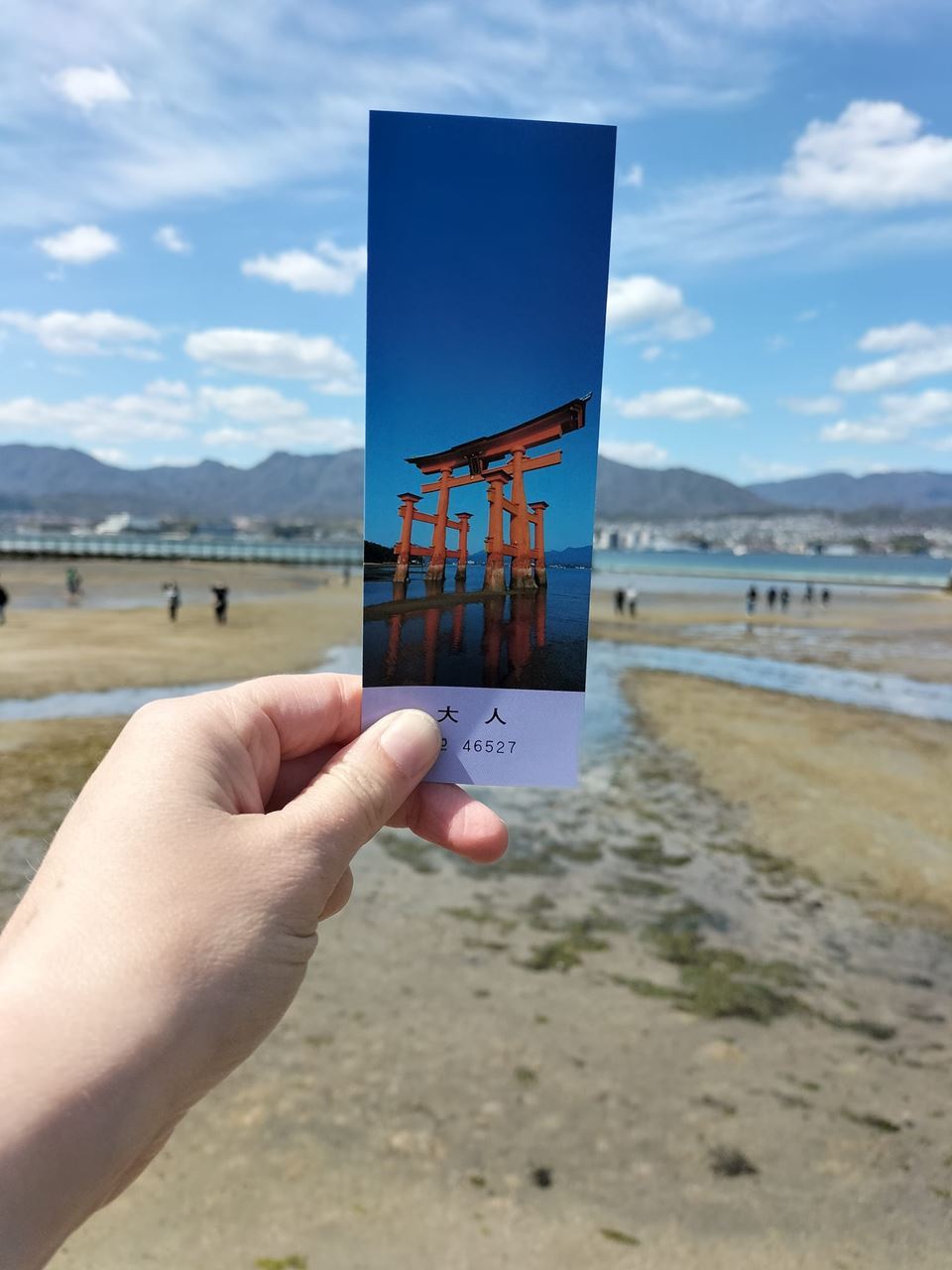
Hanami
After the trip to Miyajima, we headed back to the hotel to drop off the car and get ready for a cherry blossom viewing picnic under the trees. We wanted to return to the Irish Bar again (sheer convenience, lol) and so we didn’t have that much time, as we had booked a table. So, we piled into a taxi with our food and drinks and got the driver to drop us off at the Peace Park. There is a river that is lined with cherry blossoms, that we thought would be a perfect spot. So, on the river bank, under the blossoms we had our (very un-Japanese style) picnic – champagne, cheese, bread, crackers, nuts and dried fruits.
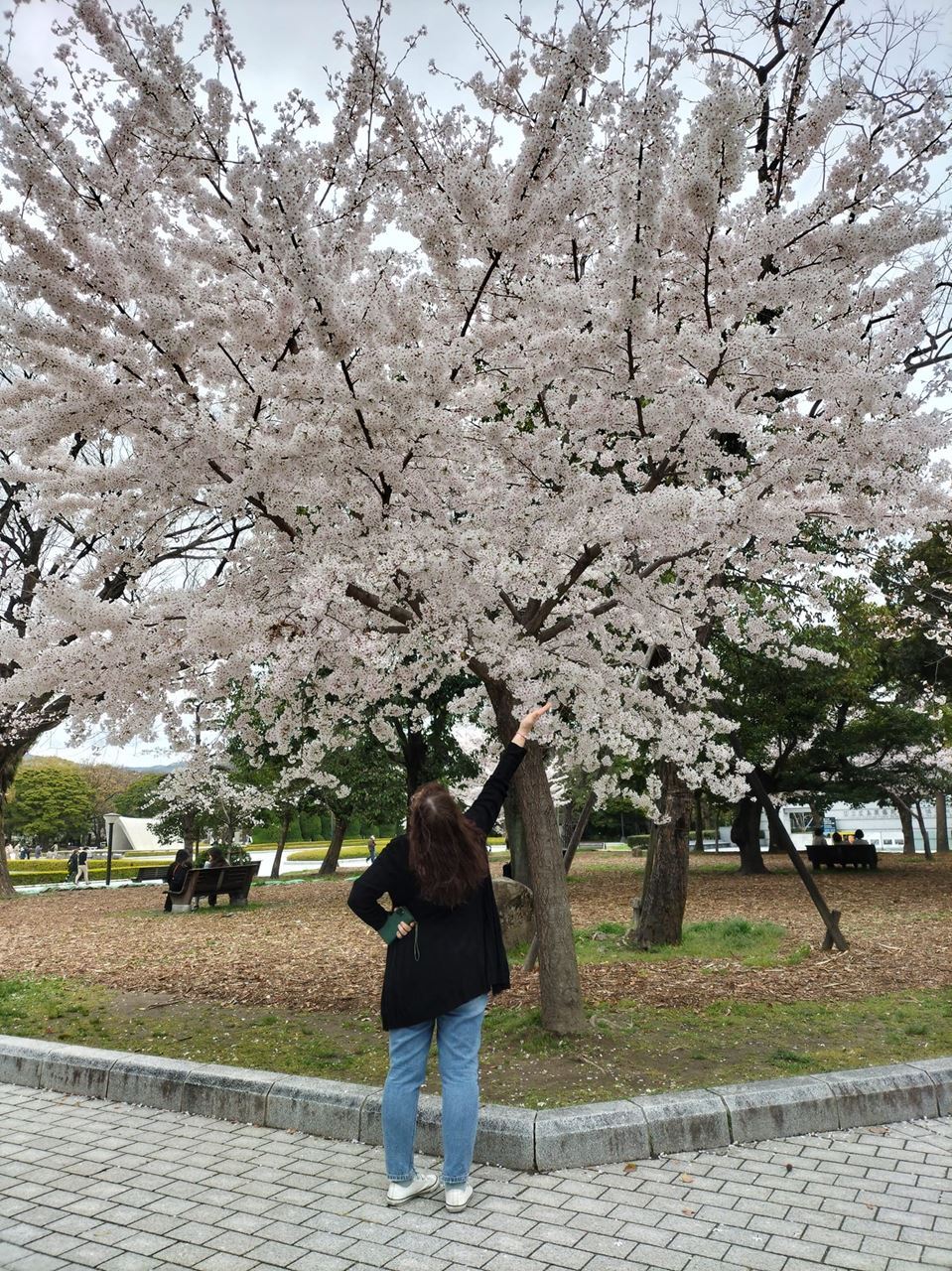
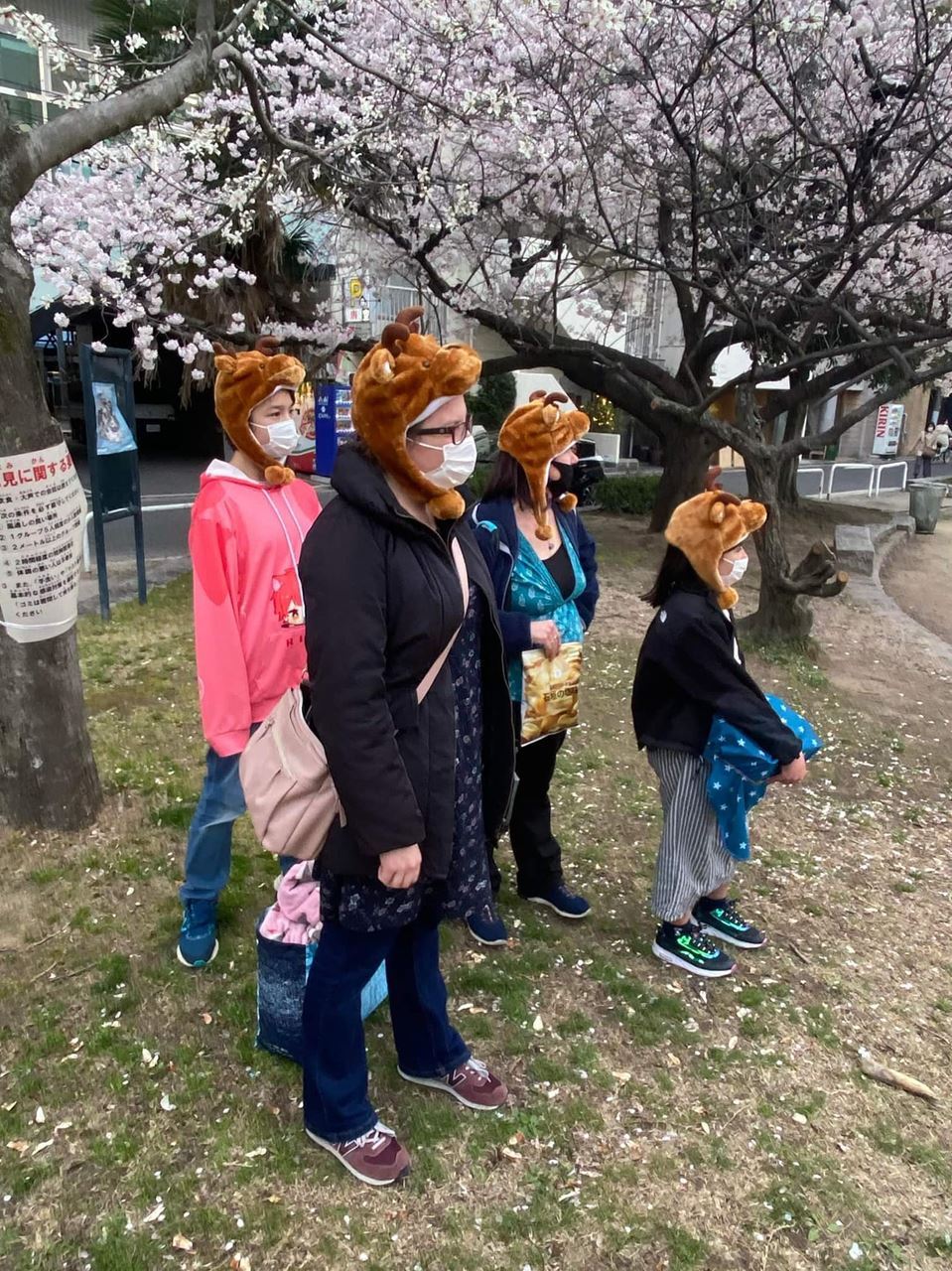
Why visit Hiroshima?
If you haven’t been, I thoroughly recommend you go and visit. It’s a very tourist orientated city, easy to navigate with the tram system. It can be a little tricky if you drive, as there are a lot of one-way streets in the centre, but you`ll be fine if you have a good sat-nav and a lot of patience. Pedestrians definitely think they have the right of way on the narrow streets, but this is probably similar anywhere.
There’s just something about this city that I really like. It feels youthful and vibrant and offers hope despite such a tragic past history. Personally, I can’t wait until my next visit.
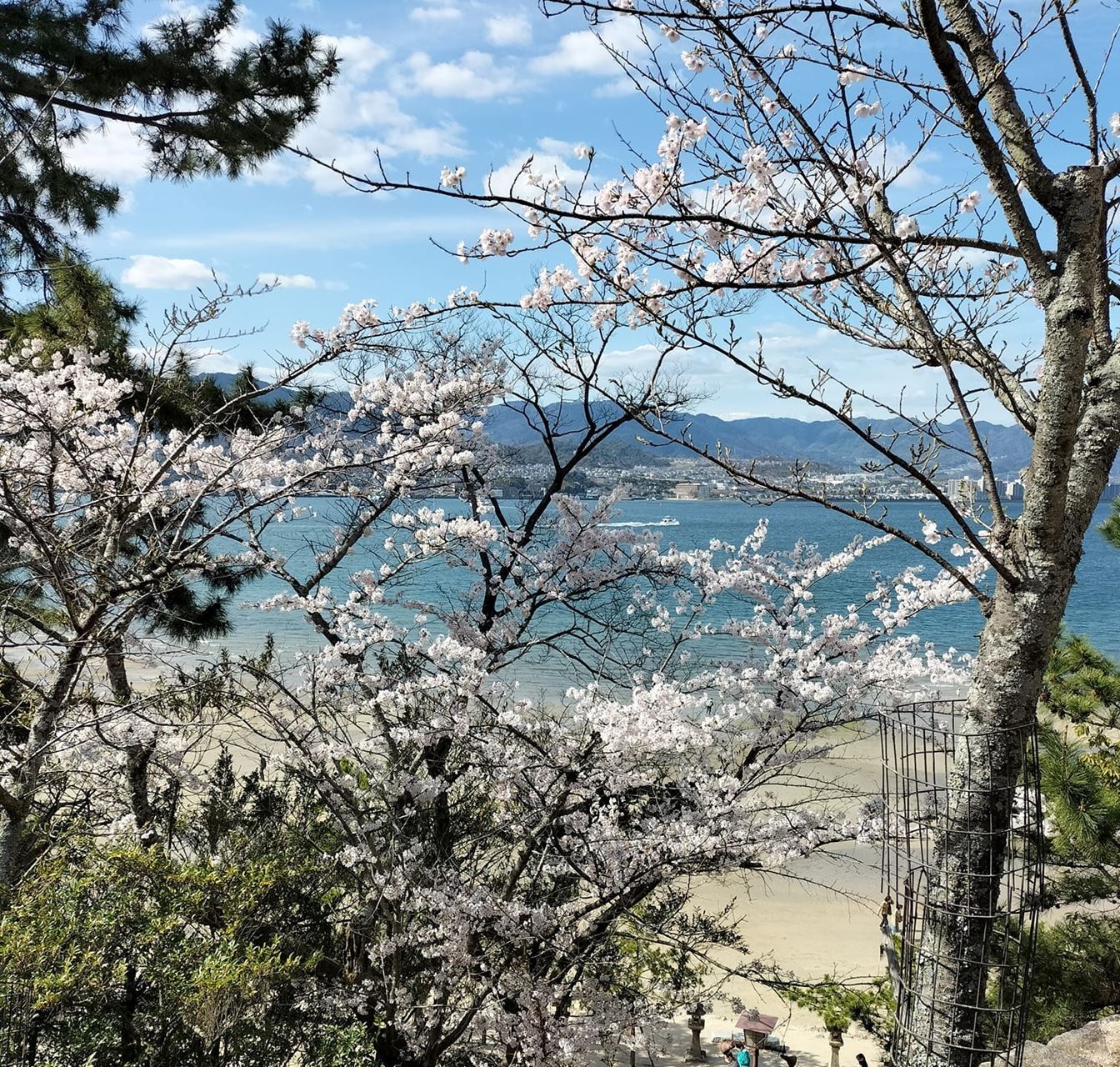
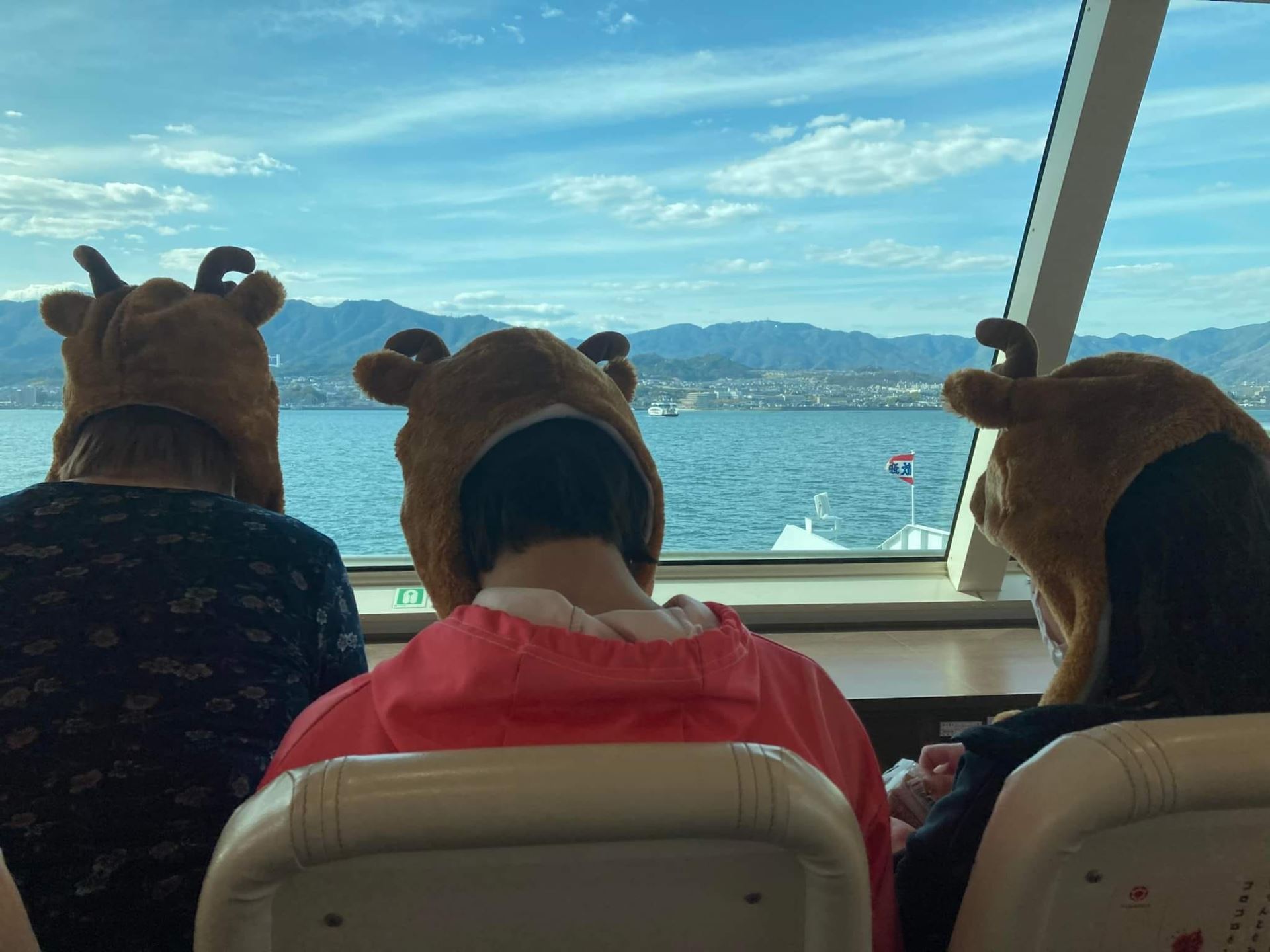
Helen Nomura
helennomura.com
